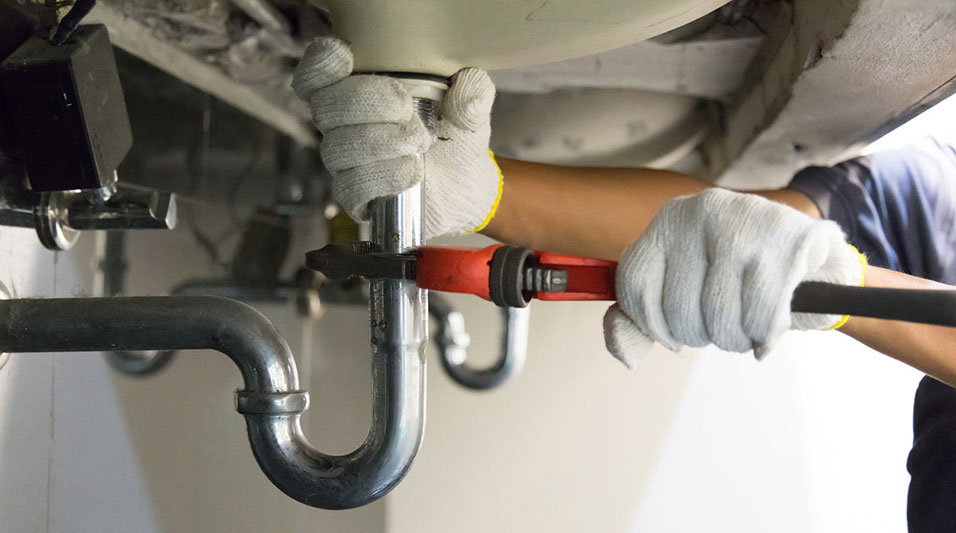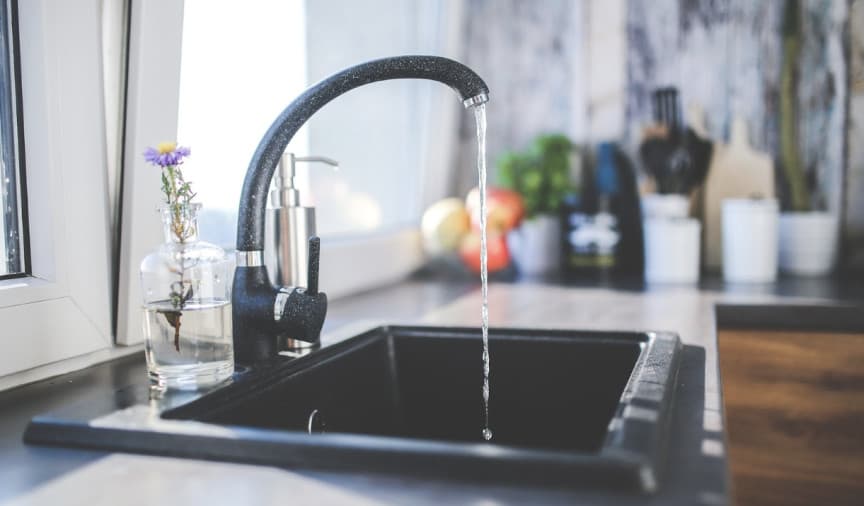Measures to Follow for Fixing a Blocked Drain Before Reaching out to Professional Plumbers
Measures to Follow for Fixing a Blocked Drain Before Reaching out to Professional Plumbers
Blog Article
In this article below yow will discover a bunch of amazing insights involving 8 Tips For Clearing A Blocked Drain.

Introduction
Managing an obstructed drainpipe can be an aggravating experience, disrupting day-to-day activities and possibly causing damage to your property. Nevertheless, before connecting to pipes experts, there are actions you can take to deal with the issue on your own. In this overview, we'll check out do it yourself solutions and preventive measures to take on a blocked drain successfully.
Recognizing the Concern
The initial step in dealing with an obstructed drain is acknowledging the signs. Slow drain, gurgling audios, foul odors rising from drains pipes, or water support up are common indicators of a blocked drainpipe. Identifying these indications early can assist stop additionally difficulties.
Usual Sources Of Obstructed Drains
Recognizing the factors that add to drain obstructions is essential for reliable resolution. Common wrongdoers include hair, soap scum, oil, food particles, and international objects like sanitary items or paper towels. Tree roots getting into underground pipelines can additionally trigger considerable blockages.
Do it yourself Solutions
For small obstructions, a number of DIY remedies can be effective. Pouring boiling water down the drain can aid liquify oil and debris. Baking soda and vinegar or a blend of salt and baking soda can function as all-natural cleansers. Utilizing a bettor or plumbing snake to remove blockages is another choice.
Devices and Tools
Having the right tools handy can make do it yourself drainpipe cleaning a lot more reliable. A bettor is a functional tool for removing obstructions in sinks, bathrooms, and showers. A pipes serpent or auger can get to deeper blockages, while drain cleaning chemicals can be utilized carefully for persistent blockages.
Safety nets
To avoid future clogs, taking on preventive measures is essential. Install drain guards or filters to catch hair and debris prior to they enter the pipelines. Regularly flush drains with hot water to liquify oil build-up, and prevent disposing of grease or strong waste down the drain.
When to Call a Specialist
While DIY options can fix small clogs, certain indications suggest the demand for professional help. Consistent blockages, foul odors in spite of cleaning efforts, or numerous drains pipes backing up at the same time are warnings that necessitate skilled intervention.
Choosing the Right Plumbing Solution
When selecting a pipes service, consider elements such as experience, licensing, and consumer reviews. Choose a reputable plumber with a track record of high quality workmanship and transparent prices techniques.
Expense Considerations
The price of professional drain cleaning services can differ depending upon the extent of the blockage and the plumber's prices. Demand quotes from several suppliers and ask about any kind of added fees to guarantee openness and prevent surprises.
Safety Measures
When trying do it yourself drainpipe cleaning, focus on security. Put on safety handwear covers and glasses to stay clear of contact with hazardous chemicals or germs. Never ever mix different drainpipe cleaning products, as this can create hazardous fumes.
Situation Researches
Real-life instances illustrate the performance of do it yourself solutions and the significance of timely expert treatment in fixing drain obstructions.
Final thought
By complying with the pointers laid out in this overview, you can properly deal with blocked drains and prevent future pipes problems. Whether choosing do it yourself options or seeking expert assistance, prompt activity is essential to keeping a healthy and balanced pipes system and maintaining the stability of your home.
How to Clear a Clogged Drain Yourself (And When to Call In the Professionals)
What Can Clog a Drain
Dirt Skin flakes Hair Grease Soap scum Food Offset pipes Tree roots Small objects Mineral buildup DIY Tricks to Unclog a Drain
You can fix this! Once you have identified the source of the clog (or have a vague idea), you can try one or a combination of these fixes in order to clear your plumbing.
Wire Hanger or Snake
Untangle and clear out hair from a drainpipe with a homemade snake. Use a straightened-out wire hanger with a 90-degree angle hook to locate the clog and drag out any unwanted material.
Remember not to push the clog further down to where the wire hanger cannot reach! If you need to follow up with a plunger, give it a try. Your efforts might be more successful after it’s been wire-snaked.
If you want to get fancy and don’t have a wire hanger to spare, head to the store and pick up a hand-operated drain snake. You can get one for $10-$30. It may save you the hassle, and provide additional length to reach deep into the clogged pipe.
Plunger
A cup plunger has a suction cup attached to a wooden handle. The rubber creates a seal around the drain, and increases the pressure force of the plunger.
Plunge for 30-second increments to loosen the clog. This may need to be repeated over the course of 15-20 minutes. Once plunged, run the water to flush the remaining material out of the drain.
Remember– never use a plunger if you have used a chemical drain cleaner. These chemicals can splash up from the force of the plunger and cause serious injury or burns.
Boiling Water
Hot water can sometimes break up materials into a flushable amount. Dirt, grease, and soap buildup requires heat in order to unstick from surfaces.
Take your kitchen kettle and heat your water to a boil. Once it reaches a rolling boil, pour it directly down the drain into the blockage. Carefully follow with plunging, if necessary.
Don’t worry if this takes more than one try! It can often take multiple kettles and repeated plunging in order to clear a particularly stubborn clog.
Chemical Drain Cleaner
As a last resort, pick up a bottle of chemical drain cleaner. Drain-cleaning chemicals are potent, and not very good for the environment.
You may need to wear protective eyewear in gloves before handling your bottle of chemical drain cleaner. Follow the instructions printed on the bottle, and flush with water as soon as the instructions allow. Do not follow with plunging.
Baking Soda and Vinegar
As a safer alternative to chemical drain cleaner, baking soda and vinegar can create a chemical reaction that clears tough clogs.
Combine one cup of cleaning vinegar with one cup of boiling water, and set aside. Once you have done this, pour half a cup of baking soda down the drain. Give the baking thirty seconds to settle and cover a large portion of the problem drain.
Following the baking soda, pour down your vinegar and hot water solution. Once the vinegar and baking soda combine, the mixture will bubble and fix. Let this reaction fizzle in the drain for about an hour.
After an hour, follow with a kettle’s worth of hot water. The heat and liquid should flush out any remaining material.
When to Call a Plumber
If your DIY attempts haven’t cleared your clog drain, it’s time to call in a professional. It’s not worth losing access to your kitchen sink or high-traffic bathroom. A clog in a vital area can keep you from the things you’d rather be doing, and derail your routine.
Anytime a clog is causing water to spread is a time to call in a plumbing service. What starts out as a little bit of water can quickly grow into serious, expensive water damage.
Additionally, a serious clog can result in burst pipes or serious leaks. Make sure you know when to take it seriously!
https://myguysnow.com/how-to-clear-a-clogged-drain-yourself-and-when-to-call-in-the-professionals/

We were made aware of that report about from an associate on another web page. If you liked our blog post please be sure to share it. We truly appreciate your readership.
Call Report this page